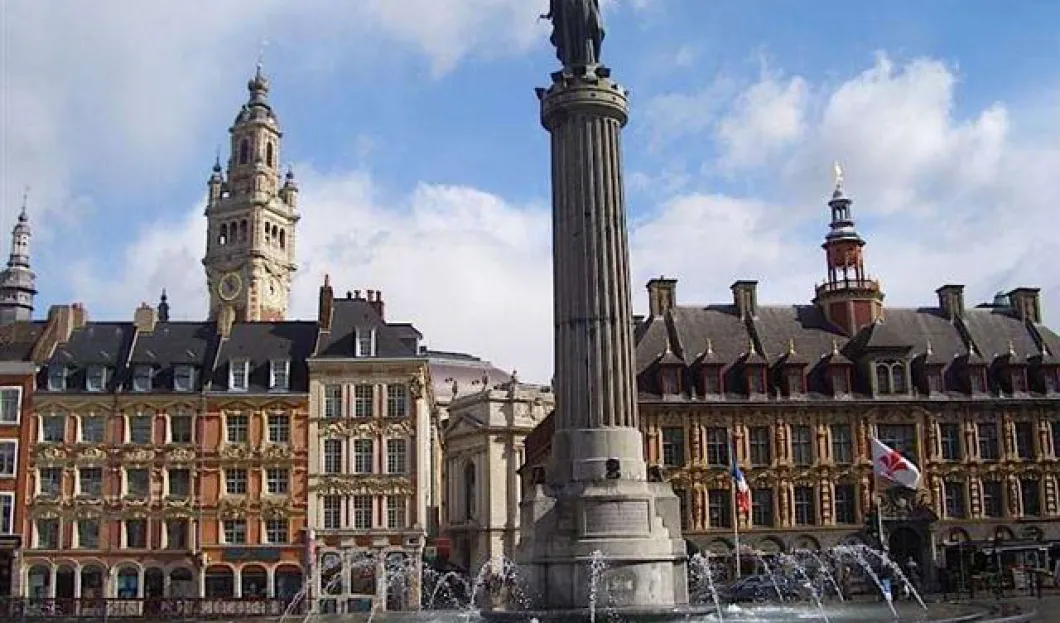
Lille was often associated with industry and trade, yet centuries of history have formed a charming city which lures to the French Flanders region and those who visit soon realize that a day-trip is just not enough.
Traditionally, Lille has been associated with the working class and as a capital of what became known as French Flanders; it has gained a status of a significant industrial centre. In their deliberations, many seem to omit the fact that Lille dates back many centuries and features several landmarks of historical and cultural relevance.
Its picturesque old town, or Vieux Lille, dazzles especially at night. Its architecture much resembles Flanders, too. The charming atmosphere is complemented by a variety of tiny specialty shops which make this area with many architectural treasures simply marvelous to explore.
When at Lille, local waffles are an absolute must to taste. In fact, there are many delicious foods and culinary specialties which define the region, and if visitors can spare a bit more, a lunch at Le Barbue d’Anvers is highly recommended. It is dedicated to old French Flanders and everything is set in this style.
Museum and culture fans long to visit the Lille Métropole Museum of Modern, Contemporary, and Outsider Art; there is an attached sculpture garden which is free to enter and its reputation often precedes it. Art lovers will appreciate the exhibition of the Musée des Beaux-Arts; children adore the stuffed mammals at the Museum of Natural History.
A popular tradition here is the famous flea market of Lille, the Braderie. What may have been evolving for centuries now became a festival of brocanteurs that can be found all over the city. It takes place annually, every first weekend of September and features anything and everything one might want to see, feel, taste or hear.











